Creative Capital: The Singaporean brothers who built a Japanese fashion brand
Advertisement
CNA Lifestyle
Creative Capital: The Singaporean brothers who built a Japanese fashion brand
The immature creative entrepreneurs behind Biro piece of work with some of the best factories and fabric millers in the world. If only more than Singaporeans would pay South$95 for a T-shirt.
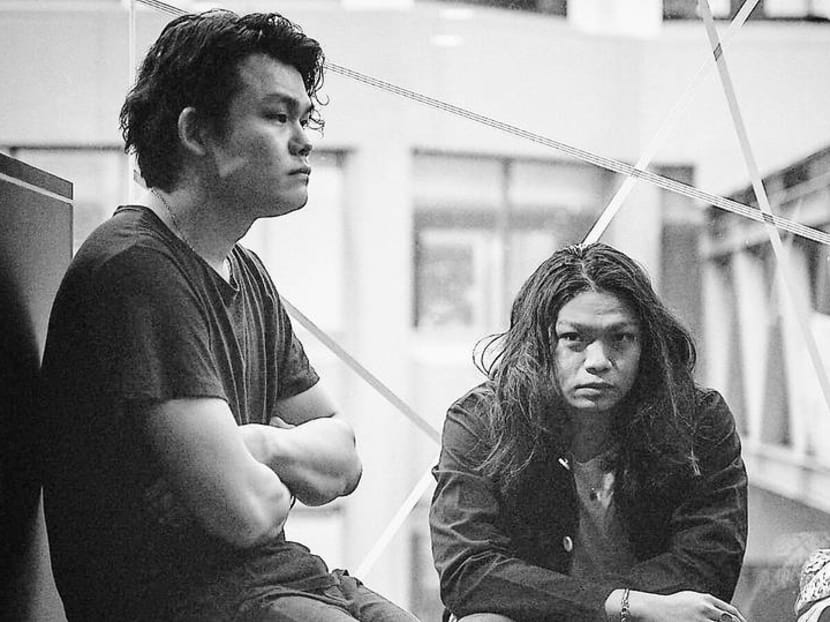
The Chong brothers (left) Kenghow and Kage. (Photo: Biro)
16 Dec 2022 06:30AM (Updated: 04 Jul 2022 11:15AM)
Information technology is hard enough to launch and sustain a successful way label here in Singapore. But when you create a local label that pitches uncomplicated, monochromatic T-shirts at prices ranging from S$65 to S$155, you may also accept stacked the cards confronting yourself from the get go.
Still, this is exactly what brothers Kenghow and Kage Chong did when they launched their own men's habiliment brand Biro in 2013.
They weren't exactly newbies. The duo had previously developed the streetwear brand, Massiveoutfit, that they founded in 2007. But they were importing, labelling and selling clothes made by others – which, as they learnt more about the trade, wasn't satisfying enough.
They wanted to design what they sold, and very chiefly, they wanted to play controlling roles in selecting the fabrics used in their products.
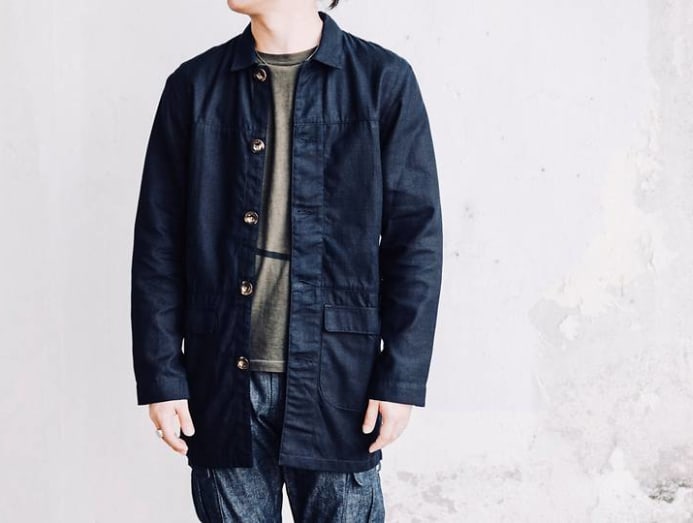
By 2010, the Chong brothers knew they wanted to focus on urban menswear, and spent the adjacent three years on inquiry and development. Within that time, they learnt as much as they could nigh material choice and tailoring. And in the third quarter of 2013, Biro was unveiled.
READ: Creative Capital: The Nanyang Polytechnic entrepreneur fancying up men's fashion
The two brothers look very different. Kage, the younger one, has long, flowing locks, while Kenghow has a clean, virtually ceremonious-servanty await. Kenghow has a background in design. He is an experienced art and creative director. Kage, on the other hand, started his career in dance, but eventually drifted into way and retail, working every bit a heir-apparent and on the product side.
The combination works well. One knows supply chain direction, purchasing and merchandising. The other, blueprint, marketing and business evolution. And while some brothers can never piece of work together, these two practise. And do they do a fantastic job of complementing each other'southward strengths, and covering each other's weaknesses.
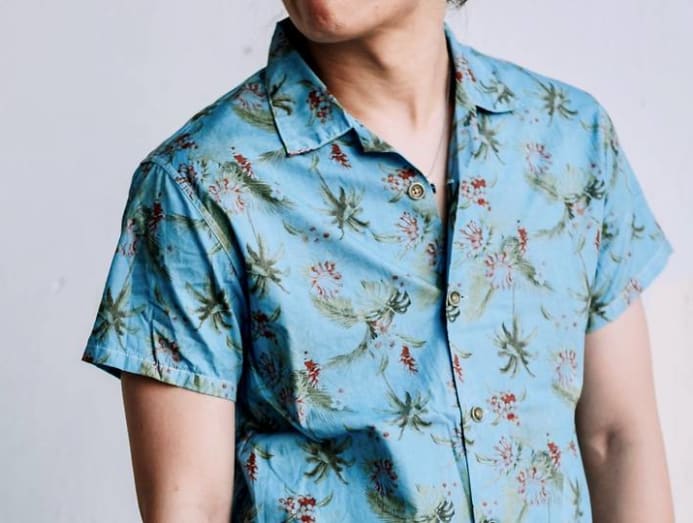
The duo, despite the contrasts in wait, are both equally taciturn. They like their dress, their products, to speak for them. Personally, I think they demand to be a little more effusive. The boilerplate customer, if looking at their shirts or jeans for the kickoff time, would most likely balk at the brand'southward prices.
It'south only when one of the brothers takes the time to explicate the rarity of the fabric they select that you become comfortable with paying South$95 for a T-shirt, S$190 for a Hawaiian shirt, or Due south$240 for a pair of jeans.
Take the S$95 T-shirt as an example. It is fabricated from 100-per-cent premium Japanese cotton fiber. The material for this T-shirt is yarn dyed in Kyoto in the same mode that kimono fabric was traditionally dyed, before existence woven into cloth. This gives the garment a natural texture, richer colour and first-class colour fastness.
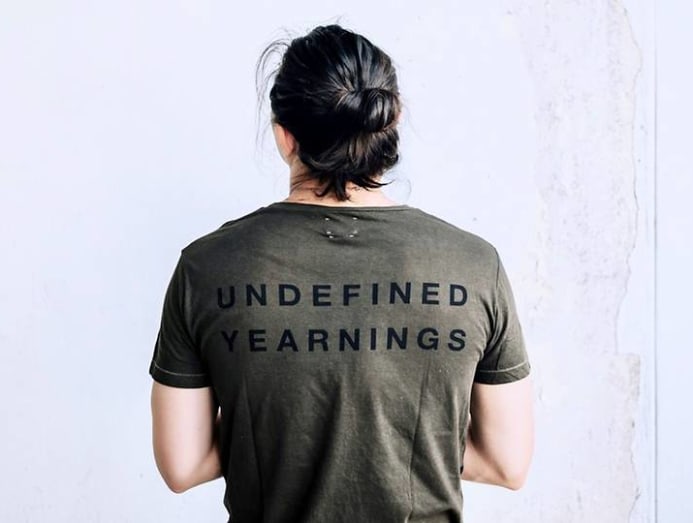
In many ways, Biro is both a Singaporean and Japanese brand. All of the fabrics are handmade in Japan. In fact, Kage has moved to Nihon to oversee production and textile selection, while Kenghow is minding the shop here at home.
The nearly difficult part is balancing your sense of creativity with running the business organisation.
Now, their clothes are stocked at Tangs Plaza, Isetan, Robinsons, Manifesto, Colony Clothing, Kapok, Keepers, FrontRow, Atomi, Swee Lee, farfetch, and their own little store Shouten.
Hither, in CNA Lifestyle'south serial where we speak with creatives making their mark in Singapore, the brothers Chong discuss the challenges of growing a business organization without compromising integrity.
READ: Creative Capital: The naked artist who thinks gimmicky fine art can exist actually dumb
HOW DID YOU DECIDE TO WORK TOGETHER? DID Y'all Abound UP THINKING YOU'D Piece of work TOGETHER?
Kenghow: I had learnt well-nigh the confluence of visual art and clothing in my studies. Back and so, I'd already imagined usa working together on a streetwear line. I day, Kage suggested that nosotros go into vesture business together. The next solar day, we registered Massiveoutfit, and started importing labels from u.s. and selling them through a web portal.
Kage: I have e'er been interested in clothes since I was young. Our mother was a tailor and I used to follow her when she visited her clients.
When I started b-boying, I was speedily fascinated by the individuality, and the civilization that surrounds the whole trip the light fantastic and b-boy scene. That was kind of the goad to starting Massiveoutfit.
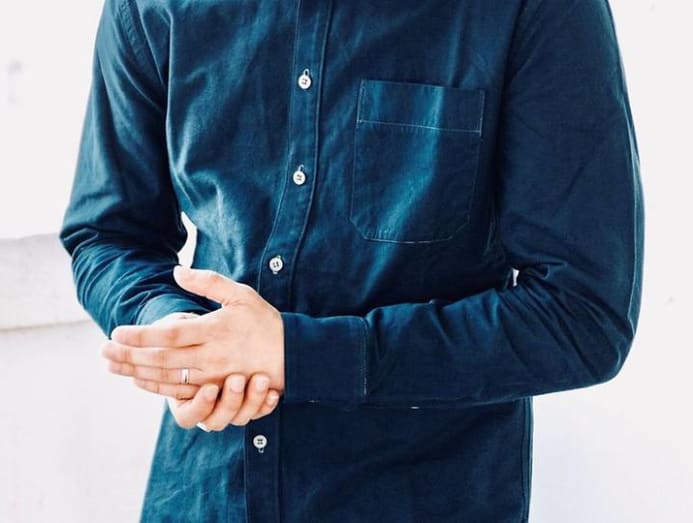
HOW DO YOU DIVIDE THE Piece of work?
Kenghow: I focus on business evolution and marketing, while Kage takes care of the sourcing and production in Nippon. He also creates the blueprint for each collection.
WHAT Have YOU LEARNED ABOUT YOURSELVES FROM RUNNING YOUR Own Concern?
Kenghow: We all the same have a lot to acquire and a lot to buck up on.
Kage: The nigh difficult part is balancing your sense of inventiveness with running the business concern.
READ: Creative Capital: The Singaporean entrepreneur who tells stories through clever bags
Practise YOU CONSIDER YOURSELVES ENTREPRENEURS OR CREATIVES FIRST?
Kenghow: Entrepreneurs first. When we started Massiveoutfit, nosotros were importing and selling goods.
Kage: I'd rather say artistic entrepreneurs. We like to start a make or business just we also have to be artistic.
For Singaporean customers, I think some make recognition is still needed to build their confidence in purchasing from a new or relatively unfamiliar brand.
IS SINGAPORE A TOUGH PLACE TO BE A Creative?
Kenghow: Yep, in 1 way or another, information technology's tougher than other trade or profession.
Kage: Yeah, particularly if y'all are small. There will exist some struggle if you lot are non working for a large firm.
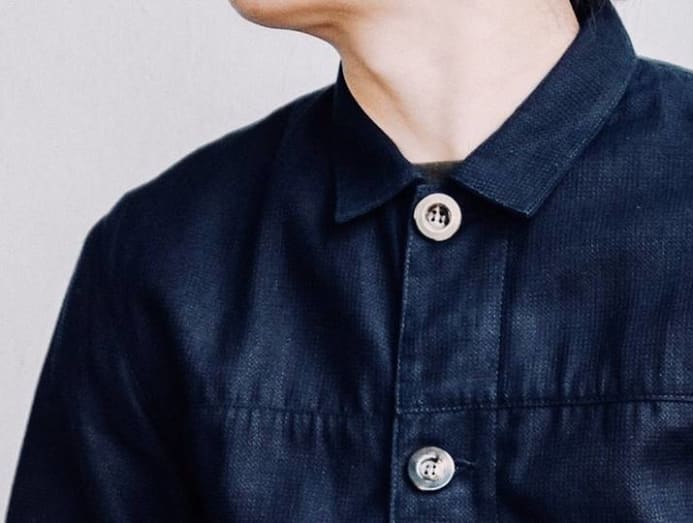
HOW ARE YOUR SINGAPOREAN CUSTOMERS DIFFERENT FROM FOREIGN CUSTOMERS, IF THEY ARE AT ALL?
Kenghow: Thankfully, I think most of our Singaporean customers are the same equally our overseas customers. That is, they are discerning, and attracted to the qualities and details that our make and apparel offering. Information technology'southward just that the number of Singaporeans who buy our wearing apparel is still lower than that of strange customers.
Kage: For Singaporean customers, I remember some brand recognition is yet needed to build their confidence in purchasing from a new or relatively unfamiliar brand.
WHAT ARE SOME OF THE THINGS THAT INSPIRE YOU?
Kenghow: For me, it's travel. I love going to new places and meeting new people. Also, movie. Films inspire me.
Kage: Definitely music, too as civilisation and people.
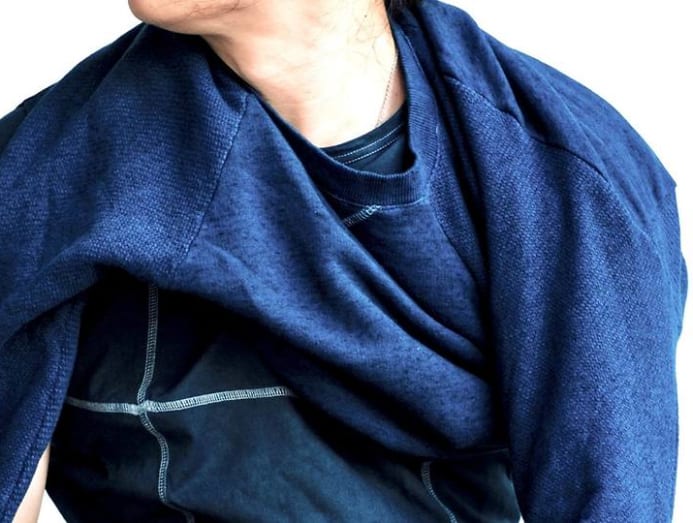
WHO IS YOUR Design OR Creative HERO?
Kenghow: I like Christopher Nolan'south visuals.
HOW DO Yous Observe NEW FANS AND CUSTOMERS?
Kenghow: We've been pretty fortunate. Ordinarily, it's through discussion of mouth. Publications and social media also assist a lot.
READ: Creative Upper-case letter: The Singaporean hip-hop and dancehall artist who has headlined festivals all over the world
TELL ME SOMETHING Well-nigh YOUR Creative Procedure I WOULD NEVER EXPECT.
Kenghow: Nosotros e'er first our blueprint process past selecting the fabrics, the material, first.
Kage: We work directly with some of the best factories and material millers in the globe. That's a pretty big deal for a modest Singaporean brand. I'd love for more than people to recognise this.
We always make sure that the prices are worth paying for.
WHAT DO PEOPLE NEED TO KNOW Nigh YOUR Brand?
Kenghow: That it is not as simple equally it seems.
Kage: That our clothes are meant to be hands paired.
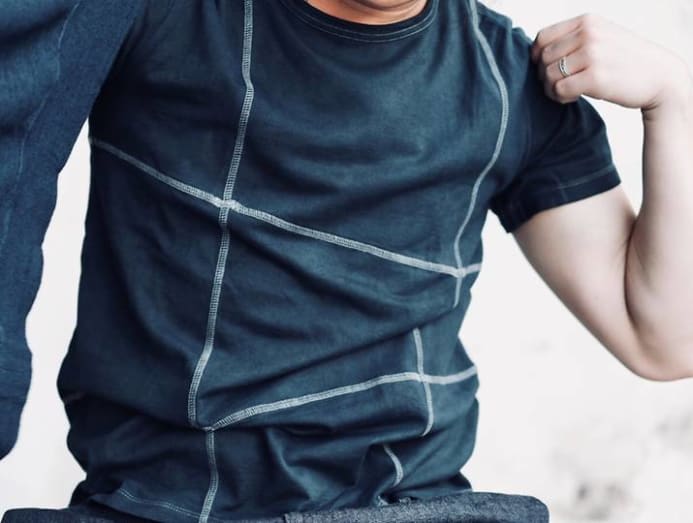
WHAT ARE You WORKING ON RIGHT NOW?
Kenghow: We're crazy busy. We have just released a new collection. We are working on some other staple drove that is gear up for release really shortly, relocating our shop in Singapore, looking for a space in Shanghai, conceptualising another brand, and setting up base of operations in Japan, all while seeking out meaningful collaborations.
WHAT'Southward BEEN YOUR HERO Product Then FAR? WHY Exercise You Recollect It IS And then APPEALING?
Kenghow: Our Nishijinori Tee. The fabric is unique. It's a T-shirt, hence very clothing in Singapore. And well, honestly, it's one of our more affordable items.
READ: Creative Capital: The American socialite championing Singapore talent and women'south rights
SPEAKING OF THAT, YOUR PIECES ARE Not Inexpensive. CAN YOU Explain WHAT MAKES THEM COST WHAT THEY DO?
Kenghow: Apart from being made in Japan, we use mostly vintage machineries in our product.
Kage: We always make sure that the prices are worth paying for; modest details like the buttons and trims are all premium quality.
WHAT'S BEEN THE GREATEST WIN So FAR FOR BIRO?
Kenghow: The endless number of friendships and work relationships that we have made since launching 5 years ago. These are the driving forces behind the label.
Kage: Nosotros have persevered by the hard times, and we're still growing steadily without compromising our behavior.
Contempo Searches
Trending Topics
dietrichhimps1952.blogspot.com
Source: https://cnalifestyle.channelnewsasia.com/entertainment/creative-capital-singaporean-brothers-behind-japanese-brand-biro-232266

0 Response to "Creative Capital: The Singaporean brothers who built a Japanese fashion brand"
Enregistrer un commentaire